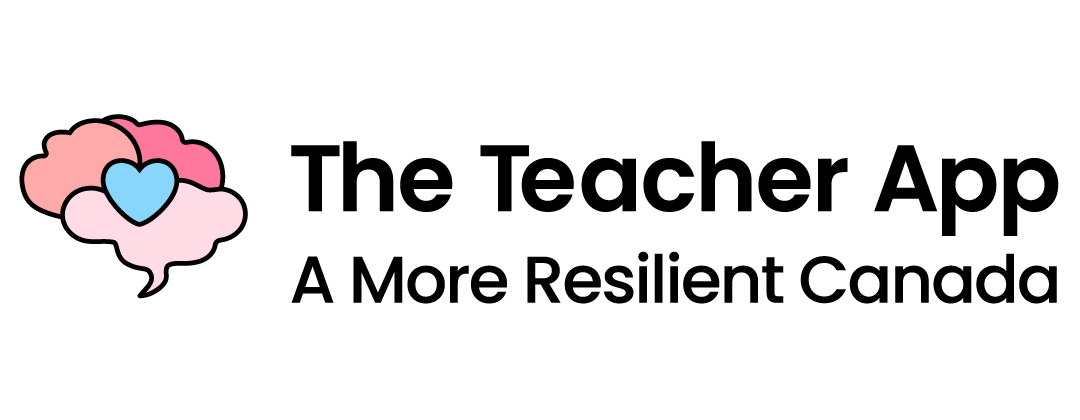By Gabrielle Samson – Featured Contributor
As Black History Month comes to a close, it is essential to reflect on how mental health impacts our Black educators and students. In Canada, Black teachers face racism in the education system that directly impacts well-being and teaching ability. Not to mention, Black educators take an additional burden when advocating for Black students experiencing similar barriers. While these unfortunate factors create significant gaps in our educational system, educators can play a huge role in advocating for change and encouraging mental health support for teachers and students.
Anti-Black Racism in our Education System
Anti-Black racism is still a rampant issue across the country. And though diverse work environments may seem more equitable, Black educators still find themselves suffering in silence, and multiple Ontario-based reports agree. In March 2020, the Ministry of Education published a report detailing a lengthy record of discrimination at the Peel District School Board. The report acknowledged how racialised staff were routinely discriminated against and met with anti-Black racism. Black educators from this school board agreed with these findings, reporting that they themselves experienced worsened mental health due to anti-Black racism.
On top of the discrimination of educators in the Peel Region, the report also found that racialised students would regularly experience anti-Black racism. And according to Black educators interviewed for the report, this has created a heavy burden where teachers feel helpless to protect their students. With racial bias so blatant, many teachers fear advocating for themselves or their students and fear being seen as “difficult.” Unfortunately, the Peel District School Board is one example of many.
Another report published in The Star by the Ontario Alliance of Black School Educators concluded that racialised teachers were more likely to be passed up for promotions and encounter discrimination. More than half of educators said they believe racial bias worsens their chances of promotion. The report also features anecdotes of anti-Black racism, such as hearing the N-word from white colleagues, being discouraged from teaching Black history, and facing pressures to style their hair to match white standards.
From microaggressions to large scale systemic racism, anti-Black sentiments are prevalent across Canada. The studies conducted in Ontario on the subject shine an especially shocking light on the issue, considering that the province features some of the most diverse cities in the country. For example, the earlier study mentioned on the Peel Region District School Board found that only 7% of educators identified as Black, meanwhile Peel Region has the highest percentage of visible minorities in the Greater Toronto Area, according to the 2016 Census. This figure highlights how even the most diverse areas experience anti-Black bias and lag behind in representation.
How Educators Can Advocate for Change
Many Black teachers are experiencing the fatigue of racial trauma in addition to their work-related stress. During the pandemic, racialized communities were more affected by COVID-19 on top of hearing more reports of police brutality in the news. As a result, Black teachers are more likely to experience added stress and increased rates of burnout. This has a direct impact on Black students, who may be more heavily reliant on Black teachers for support. Unfortunately, many will not receive appropriate resources from their school boards.
Reports on anti-Black racism in the education system are unfortunately a very small piece of a very large picture. There are certainly millions of stories and reports yet to be shared because of the stigma surrounding mental health and racism.
Until then, there are ways non-Black educators can support their Black colleagues.
For starters, it is important to acknowledge the privilege that comes with being a white educator, and apart of that privilege is not being on the receiving end of racism. So a great way to use that in a positive way is to speak up against your colleagues or even superiors when they use harmful language or discriminate against Black staff. This is hugely important considering that many Black educators report feeling afraid to speak up about racism themselves.
Another important group to consider is your racialized students. As educators, a great step to showcasing your support for your students is to offer resources and spotlight Black voices. Look into resources you can share with students or post in your classroom so that all students can access them as needed. For example, the Black Youth Helpline is a nationwide hotline specific to Black youth that would be a great resource to offer. It’s also important to ensure your students feel represented by spotlighting Black voices in the classroom. This means showcasing diverse content in and outside of Black History Month to help Black students feel seen and offer them content that reflects their experiences.
Black teachers and students don’t have it easy in our education system. On top of racial trauma experienced outside the classroom, many school boards still participate in anti-Black racism. The recent report on the Peel District School Board helps shine a light on an important issue and is definitely a step in the right direction. But for educators and allies, it is important to remember that supporting Black mental health begins in the classroom and that supporting our Black teachers and students will support the community as a whole.
